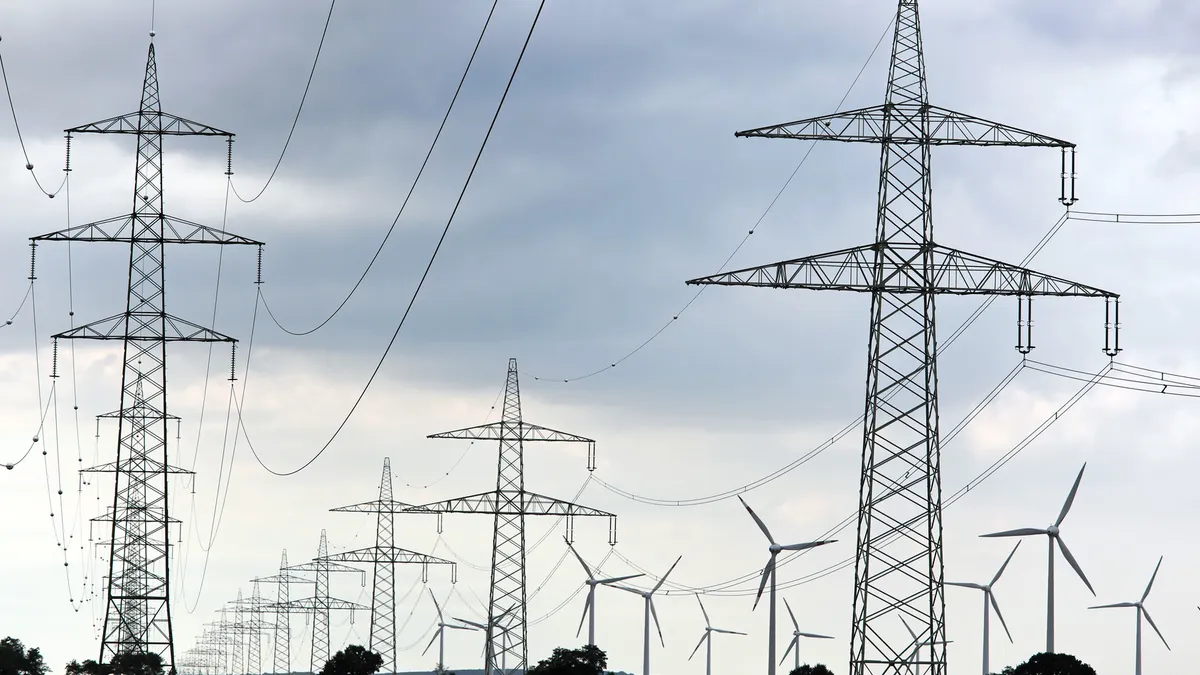Dive Brief:
- Idaho Power will be the sixth utility to join the Energy Imbalance Market (EIM) operated by the California Independent System Operator (CAISO), RTO Insider reports, when it brings its 4,800 miles of transmission into the voluntary real-time market system in April 2018.
- By allowing for rebalancing of electricity demand across the western United States in real time, the EIM makes it possible for utilities to control costs and integrate higher penetrations of renewable energy without obligating them to give up system control to a grid operator, as RTO and ISO members do.
- The EIM was formed in November 2014 by CAISO and PacifiCorp, the Northwest utility owned by Warren Buffett's Berkshire Hathaway. Buffett's NV Energy joined the system in December 2015. Arizona Public Service and Washington’s Puget Sound Energy will join in October 2016, followed by Portland General Electric in October 2017.
Dive Insight:
By interfacing with CAISO and PacifiCorp systems across the Northwest, the Idaho Power system will create a stronger link between EIM participants in the the region, facilitating the trade of electricity across greater distances in conjunction with the California grid operator.
The EIM currently allows for automatic dispatch of least-cost energy in California, Oregon, Washington, Nevada, Utah, Idaho and Wyoming.
After a rocky start involving some price volatility, the EIM has consistently delivered benefits to member utilities, CAISO said in a press release announcing Idaho Power's membership.
The ISO’s most recent quarterly report shows combined benefits of more than $45 million since November 2014, along with easier integration of renewable resources, the grid operator wrote.
Total benefits from the EIM in Q4 2015 were $12.29 million, according to the report, and RTO Insider notes that the transfer capability between NV Energy and CAISO increased from about 200 MW before the utility joined the EIM to 571 MW today.
The success of the EIM has accelerated the CAISO’s interest in the possibility of turning 38 individual balancing authority areas in the West into a single regional electricity market in the model of operating RTOs and ISOs.













